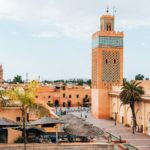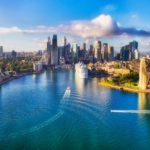Piazza Maggiore
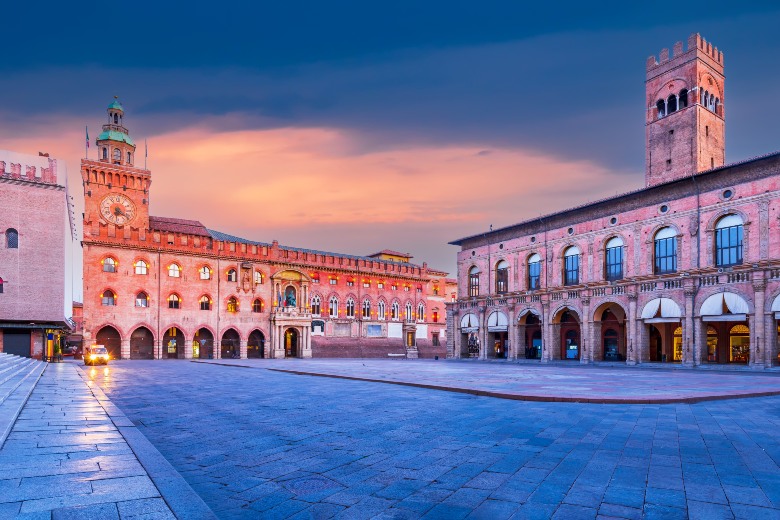
A historical place in Bologna, Piazza Maggiore is the center of the city and the central square. There are many important buildings on this square, including the Pallazo d’Accursio, the Palazzo del Podesta, and the Basilica di San Petronio.
The famous Fountain of Neptune can also be found in the Piazza del Nettuno located to the northwest of the square. Visit the palaces and basilica, or dine in one of the restaurants tucked into the porticos and admire the magnificent architecture.
Occasionally, open-air movies and concerts are held at the Piazza, which has a fantastic vibe and atmosphere.
The Leaning Towers of Bologna
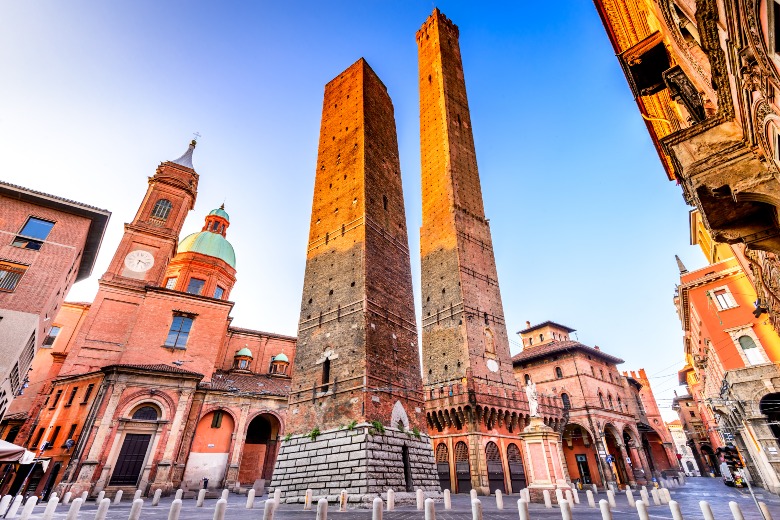
Did you know there are other leaning towers beside the famous one at Pisa? Despite its iconic campanile, Bologna actually boasts a pair of leaning towers! There are many towers in Bologna, but the two tall ones in the Piazza di Porta Ravegnana are the most legendary.
There are two tall towers named after important Italian families, Asinelli and Garisenda, which stand next to each other.
In addition to serving as a prison and stronghold, Asinelli stands at 97.2m. Although Garisenda stands only 48 meters tall, its tilt and overhang are very noticeable. Seeing the epic landscapes stretching for miles around Bologna is only possible by climbing the towers.
San Petronio
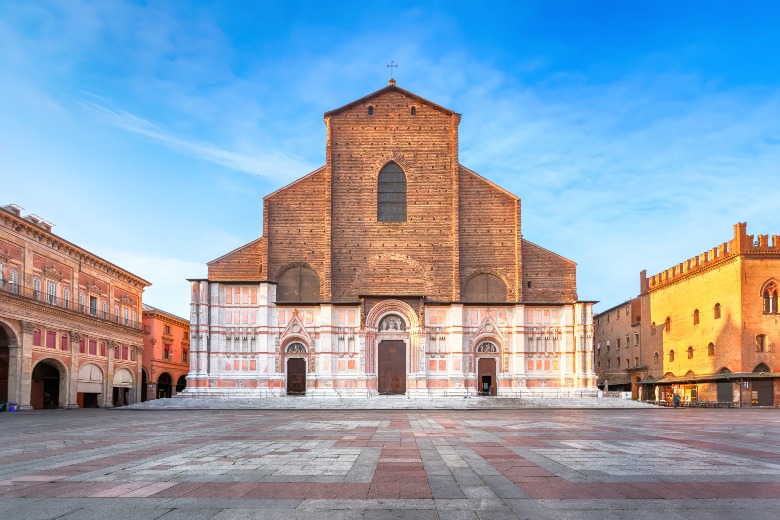
In the Piazza Maggiore, this church stands as the 10th largest by volume in the world. Bologna’s patron saint is Saint Petronius, and this church has a Gothic design and a massive unfinished facade due to its sheer size.
Construction on the church began in 1388 and continued until 1479, but it was never completely finished; the lower half features coloured marble stonework, while the top half is left bare.
The interior of the church feels truly epic – The enormous brick columns with decorative carvings seem to stretch for miles, while the main altar draws your attention.
Archiginnasio
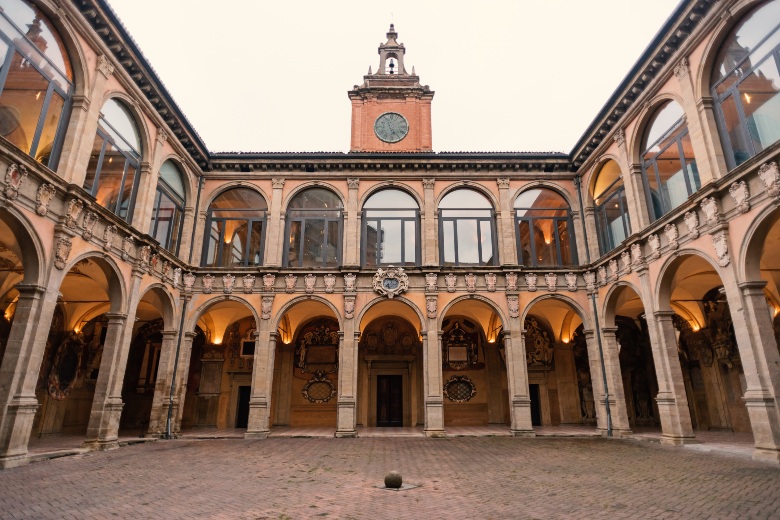
The Archiginnasio, once the main building of the University of Bologna, now houses the famous Anatomical Theatre, one of Bologna’s most important buildings. Piazza Galvani is home to this magnificent building that was built in the 16th century.
Achiginnasio is a wonderful historical building in its own right, but it is without a doubt the Anatomical Theater that sets it apart. With its immense amount of wood panelling and carved statues of famous physicians, this small room is a work of art. An anatomical table surrounded by seating platforms sits in the center of the room.
Dissections and demonstrations of surgery were held here for university students learning about human anatomy.
Bologna Archaeological Museum
Archaeological Museum, located in Bologna’s heart, provides a fascinating glimpse into the history of the city. A fascinating place to visit, the museum is easily accessible on Piazza Maggiore.
In addition to the vast number of collections, the museum also hosts nine different sections, including Prehistoric, Etruscan, Celtic, Greek, Roman, Egyptian, and Numismatic. It is possible to view various artifacts such as Bronze Age tools, skeletal remains, pottery, weaponry, china, and marble statues in each of these collections.
In addition to admiring the displays, you will be able to learn about the ancient history of the region if you are interested in exploring the collection and its variety.
Bologna National Gallery
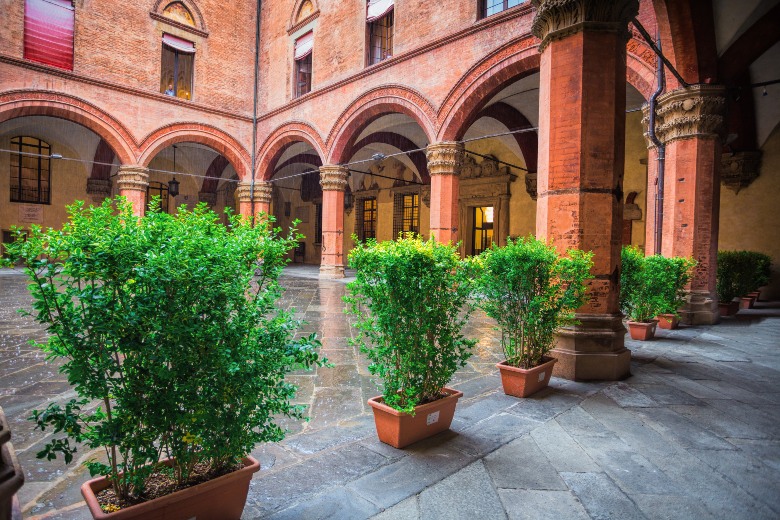
While some galleries exhibit works from across the globe, the Bologna National Gallery exhibits works related in some way to the Emilian region. These paintings date back to the 13th century.
The museum is located inside the old university complex, within easy reach of the city center and Piazza Maggiore. The museum is divided into two major sections; the first contains fascinating Byzantine paintings from the 13th century and the second contains works from the 20th century. Raphael and Christ’s Ecstasy of St. Cecilia, as well as Titian’s Good Theif, are notable works.
La Piazzola Market
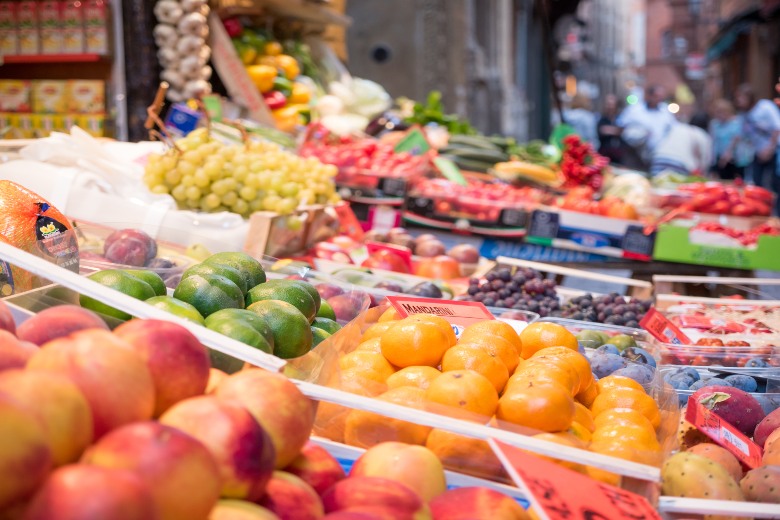
Since the early 20th century, Bologna has hosted this historic market, which has gained popularity among locals and tourists alike. A fascinating sight to see, the market is held in the Piazza dell Agosto, located north of the city center.
There are practically any items for sale here, whether it is clothes, shoes, fashion accessories, flowers, pottery, or jewellery. There will be a variety of foods, spices, and creations on display, and the atmosphere will be captivating – you’ll hear locals haggle and shout.
Monte Della Guardia
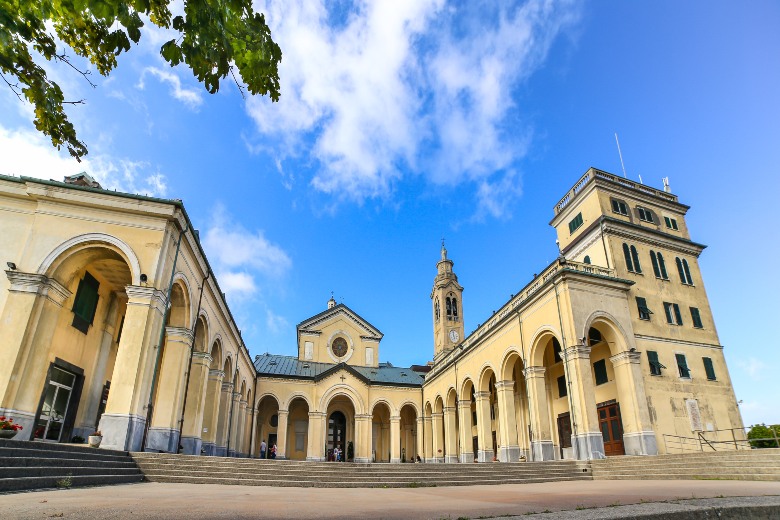
At Monte Della Guardia, you will find the longest portico in the world. Approximately 300 meters above ground, this forested hill provides a wonderful escape from the city. The hill is located close to the Reno River on the southwest side of Bologna.
To reach the top of this wonderful hill, walk along the portico and climb the slopes.
Views of Bologna and surrounding regions are unsurpassed from the top. On top of the hill is the picturesque Sanctuary of the Madonna of San Luca, which is also a wonderful church to visit.
Santuario di Madonna di San Luca
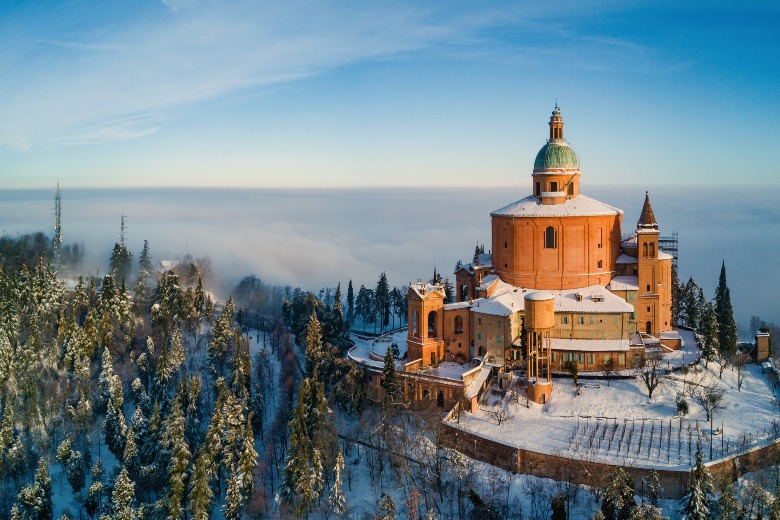
It was built in 1194 but was never completed until 1765, making it one of the oldest churches in Bologna. A great view of Bologna is available from this church, which sits on top of Monte Della Guardia. Its baroque style is characterized by an orange/pink material and green domes; the main building towers over its surroundings.
A multitude of fantastic frescoes depicting important religious scenes decorates the sanctuary’s interior. Also, Luke the Evangelist supposedly painted an icon of the Virgin Mary.
Torre Prendiparte
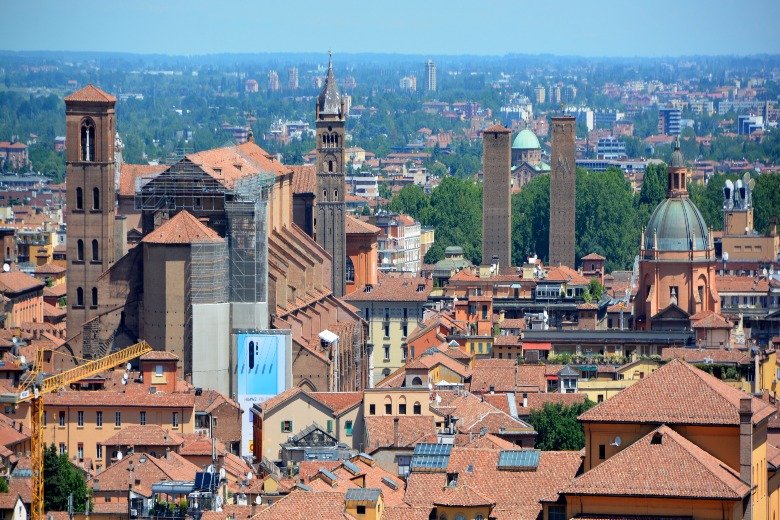
Only a handful of Bologna’s original stone towers remain today, including the Torre Prendiparte, one of the tallest and narrowest in the Middle Ages. There are 59.50 meters of height in this tower, which was constructed during the 12th century.
The tower stands near the Piazza Maggiore and the two leaning towers on the Piazza Prendiparte. This tower now houses a bed and breakfast that offers a unique experience, but you can still climb to the top and explore the building.
Oratorio Dei Battuti
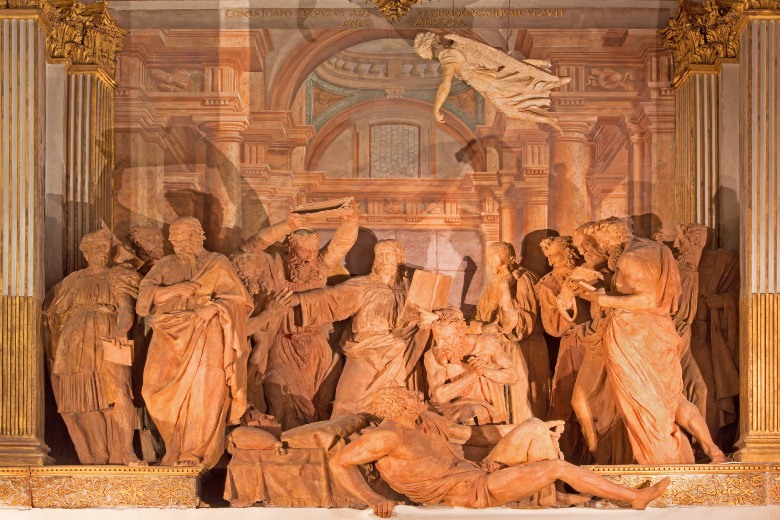
Located within the Santa Maria Della Vita church, this small chapel is decorated with a great deal of the design. It is a seldom-seen find in Bologna – most people overlook it. Floriano Ambrosini designed the Oratory in 1604. There are a variety of sculptures inside the Oratory, including statues of St. Petronius and St. Proculus. There is an impressive depiction of Madonna’s ascension on the ceiling, and another religious iconography decorates the walls.
Museo per la Memoria di Ustica
Despite its haunting and somber atmosphere, the Museum for the Memory of Ustica is an important part of Bologna’s history. 81 people were killed when a Douglas DC-9 heading for Palermo was torn in pieces and crashed in 1980. There is still a great deal of debate and investigation surrounding the cause of this catastrophe.
A collection of photographs and possessions belonging to the unfortunate victims is displayed inside the museum along with the reconstructed remains of the DC-9. Dedicated to those who lost their lives during the Ustica disaster, this museum is tastefully constructed.
St. Stephen Basilica
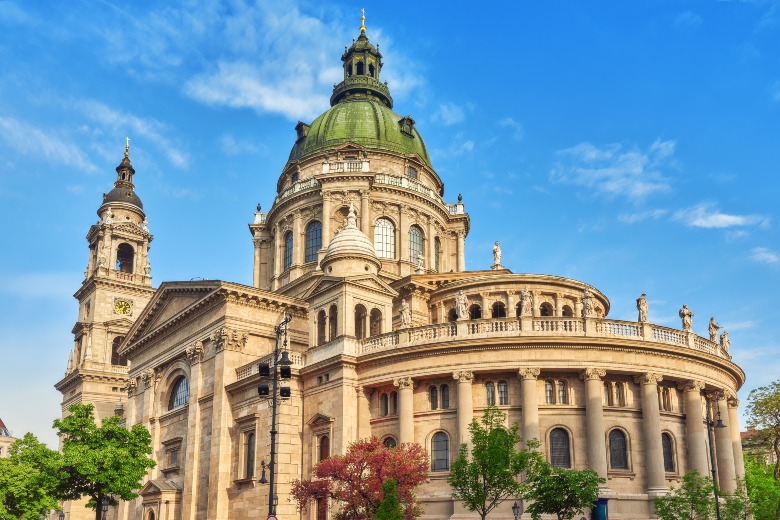
There are three historical religious buildings in Piazza Santo Stefano, including the Church of Saint John the Baptist, the Church of the Holy Sepulchre, and Pilate’s courtyard. Upon entering the main arched courtyard, you can see the various buildings that make up the first church. Besides the churches, the complex also has a free museum with historical information about each church.
Tortellini
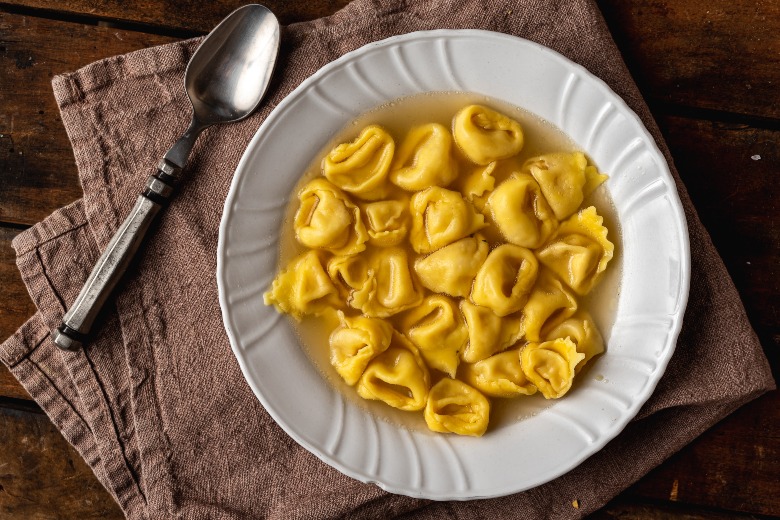
Most local restaurants serve tortellini as one of the most popular traditional Italian foods in Bologna. In traditional recipes, Tortellini is a ring-shaped pasta filled with meat, cheese, and prosciutto and served with chicken or beef broth.
A dish like Tortellini is considered to be one of the best in Bologna due to the mystery and intrigue surrounding its origin. You may find a local eatery by venturing down the side streets or frequenting one of the restaurants surrounding the Piazza Maggiore.
Porticoes

Known for its extensive Porticos, Bologna boasts a paved walkway lined with columns and arches. A large number of porticos have been built in Bologna as the city has grown as a university city.
There is 40km of corridors in the city center, according to reports. In addition to the Bonaccorsi Arch, you can also find the walkway leading to San Luca’s Sanctuary and numerous other porticos scattered throughout the city.
Admire the wonderful ancient architecture while walking through the porticos.


